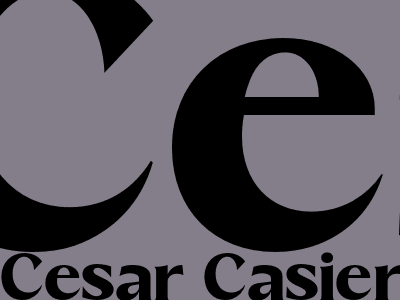
Cesar Casier Ouders
Content Outline and Structure Tips for SEO Blog Posts
Introduction
In today's digital landscape, search engine optimization (SEO) is crucial for businesses to reach their target audience. Creating high-quality blog posts that rank well in search engine results pages (SERPs) is an effective way to attract organic traffic to your website. This outline and structure guide will help you create comprehensive and informative blog posts that are optimized for search engines and compliant with Google and Blogger.com policies.
1. Keyword Research and Topic Selection
* Conduct thorough keyword research to identify relevant keywords and phrases that your target audience is searching for. * Use keyword research tools like Google Keyword Planner or Ahrefs to find keywords with high search volume and low competition. * Choose topics that are relevant to your niche, provide value to readers, and align with your target keywords.
2. Content Structure
* Start with a compelling title that accurately reflects the content and incorporates relevant keywords. * Use headings and subheadings (H2, H3, etc.) to organize your content and improve readability. * Divide your content into logical sections and paragraphs, each focusing on a specific subtopic. * Use bullet points, lists, and tables to present information concisely and enhance scannability.
3. Quality Content Creation
* Provide in-depth, comprehensive, and insightful content that offers value to readers. * Back up your claims with credible research and cite reputable sources. * Write in a clear, engaging, and conversational style that is easy to read and understand. * Avoid jargon and technical terms that may alienate readers.
4. SEO Optimization
* Include your target keywords naturally throughout the content, including the title, headings, and body text. * Use header tags (H1, H2, etc.) to highlight important keywords and improve content structure. * Optimize images with descriptive alt tags that include relevant keywords. * Ensure your blog post has a clear call-to-action (CTA) that encourages readers to take a desired action.
5. Length and Depth
* Aim for long-form content with over 2,000 words to provide comprehensive information and satisfy search engine algorithms. * Break down complex concepts into smaller, more manageable sections to improve readability. * Use examples, case studies, and statistics to illustrate key points and make your content more engaging.
6. Google and Blogger.com Policies
* Adhere to Google's and Blogger.com's policies regarding content quality, keyword stuffing, and spammy practices. * Avoid duplicate content, plagiarism, and thin or irrelevant content. * Ensure your blog post complies with Google's E-E-A-T guidelines: Expertise, Experience, Authoritativeness, and Trustworthiness.
Conclusion
Creating high-quality, SEO-optimized blog posts is a multifaceted process that requires careful planning, thorough research, and adherence to best practices. By following the guidelines outlined in this content outline and structure guide, you can craft compelling and informative content that ranks well in search engines, attracts organic traffic, and establishes your website as a credible authority in your niche.
Comments